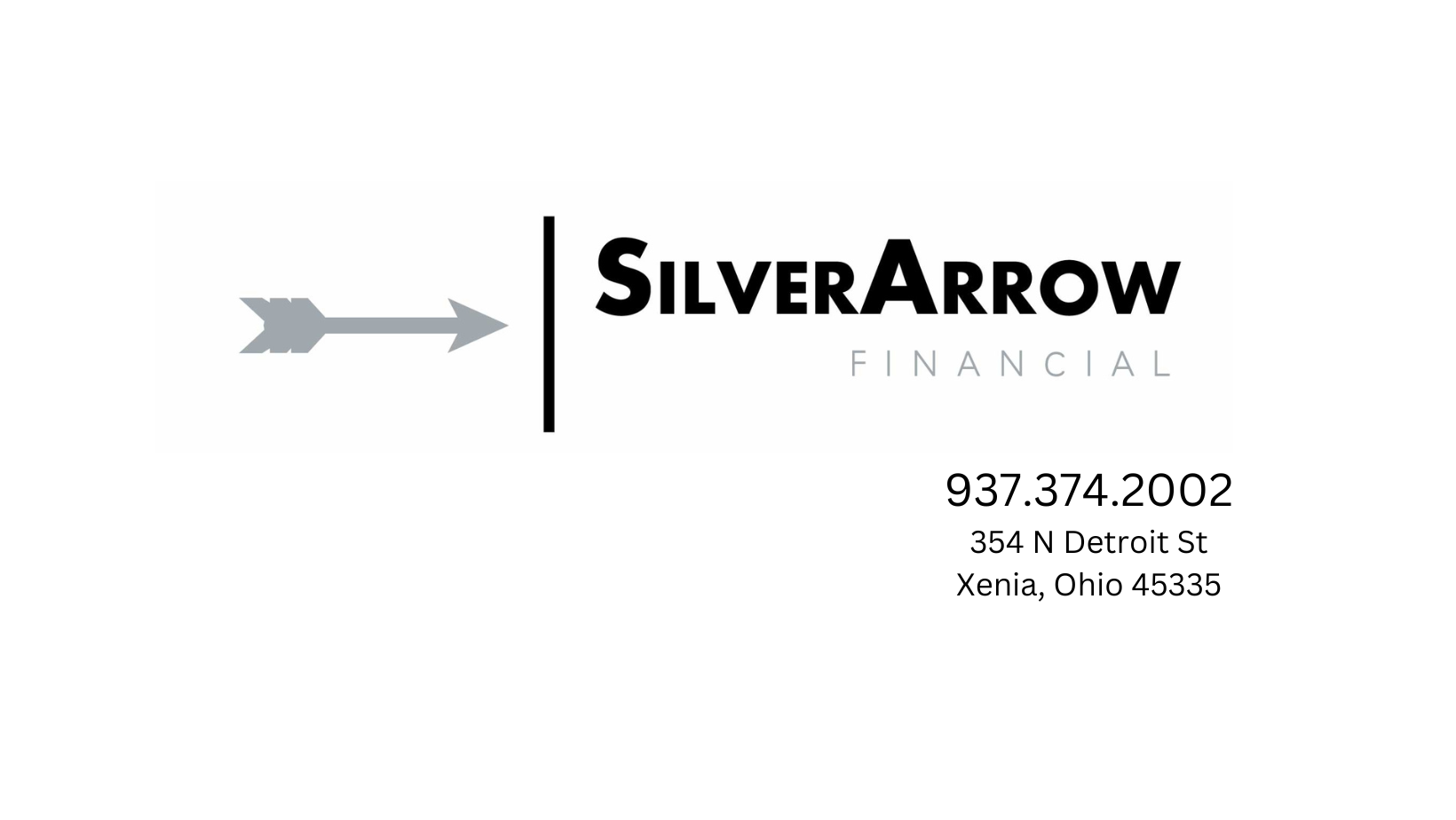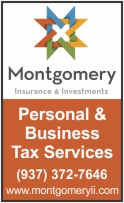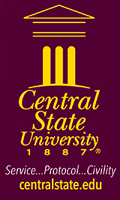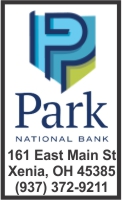How to Get Your PPP Loan Forgiven
Paycheck Protection Program loans were a popular option for businesses hoping to survive COVID-19-related shutdowns. Here is what businesses need to do to get their PPP loans forgiven.
One of the single largest ways the federal government sought to aid businesses suffering from coronavirus-related shutdowns was the implementation of the Paycheck Protection Program (PPP). After its creation in March 2020, the program was modified several times to ensure more businesses could participate, with the final deadline for PPP hitting on August 8, 2020. As of that deadline, the SBA approved 5.2 million loans worth more than $525 billion.
What made the program so popular was the ability for businesses to have their loans forgiven, effectively making them grants. However, the loans came with specific criteria that needed to be fulfilled in order to have them forgiven.
Below we will outline requirements for loan forgiveness, how to get a forgiveness application and other important details for those businesses hoping to have their PPP loan forgiven.
[Go here to see the U.S. Chamber of Commerce's PPP Loan Forgiveness Guide]
Background on PPP
First, let’s explain briefly how the PPP program actually worked to better explain the forgiveness aspect. The PPP program was created in March 2020 as part of the federal government’s $2 trillion Coronavirus Aid, Relief, and Economic Security (CARES) Act. On top of tax breaks and changes in the CARES Act, the PPP was designed to provide a simple way for businesses to keep their employees on payroll.
Generally speaking, PPP loans were issued with generous terms. PPP loans have an interest rate of 1%, with loans issued prior to June 5 maturing after two years and loans issued after June 5 maturing after five years. No collateral or personal guarantees were required for the loan and no fees were charged to small businesses by the banks or credit unions authorizing the loans. The maximum size allowed for a single loan was $10 million. While the loan terms were generous, the best aspect of them was that they could be forgiven.
The Treasury Department has indicated that it plans to automatically audit all PPP loans larger than $2 million. Smaller loans most likely won’t be targeted for audit but some “spot checks” will occur. Additionally, banks including JPMorgan Chase & Co (the single largest lender of PPP loans) said they will investigate instances of borrowers misusing PPP funds.
Requirements for loan forgiveness
To qualify for PPP loan forgiveness, the SBA set up various requirements that must be fulfilled. Effectively, forgiveness is granted to employers that kept or rehired employees while also maintaining general salary levels from before the pandemic. Employers can still be eligible for partial forgiveness if they don’t meet all of these criteria, such as if full-time headcount declined or salaries decreased somewhat.
Requirements include:
• Funds are allowed to be used for payroll costs, rent, utilities and interest on mortgages.
• At least 60% of loan must be used for payroll costs.
• While the loan is being used, employers must attempt in good faith to maintain similar levels of employment and pay that they had prior to the pandemic.
READ ON...















